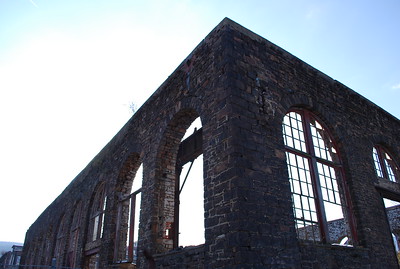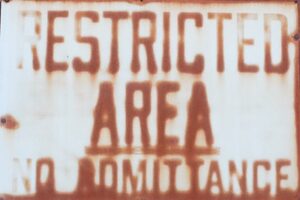Over the last two days, I’ve written about two community colleges on different coasts that have a common need: $450 million dollars. That’s the amount of money the institutions estimate they will need to renovate, rebuild, and enhance their campuses. One institution is 61 years old; the other is 49. The neglected maintenance at each institution numbers into the tens of millions of dollars.
Each school has a plan to acquire the needed funding. One intends to ask the voters of its district to approve a bond issue. The other, situated on highly prized, historically significant real estate, intends to lease 100 years of development rights for its property in exchange for a full campus rebuild.
$450 million is a lot of money. For its part, Portland Community College estimates that it actually needs $1B to repair, renovate and rehabilitate all of its facilities. They’re asking for a “restrained” amount in part because they asked their taxpayers for a $185M bond five years ago. And for what it’s worth, PCC has promised not to ask the voters for any new funding for 10 years if they approve the current bond request.
At this point, Washtenaw County taxpayers should be asking themselves how much it would cost to replace WCC if that somehow became necessary. That’s a good question, because the current estimate starts at $357.5M, according to the latest Capital Outlay Plan.
Operating a community college is extremely expensive, thanks in part to its highly specialized classrooms, large buildings, infrastructure costs, accessibility requirements, and the high degree of wear-and-tear on the facilities from near-constant use. Campus buildings have a life expectancy of about 60 years. That’s if (and only if) the college administration has performed periodic capital refreshes during the building’s lifespan.
The extraordinary cost of neglected maintenance
While many administrators “save” money through neglected maintenance, that’s a short-sighted and extraordinarily expensive approach. In 2013, WCC identified the renovation of the Morris Lawrence Building as its “top priority.” At the time, the cost of the planned project was $3.2M. WCC didn’t get around to renovating the building until 2021. In that time, the cost of the project ballooned to $13.5M, due to neglected maintenance.
That $10.3M was money the taxpayers gave WCC for its operations Instead, the administration diverted the cash to its “rainy day fund” while the severity of the building’s problems grew, along with the cost to repair them. Had the administration simply addressed those problems when they arose, quick action could have saved Washtenaw County taxpayers millions of dollars in neglected maintenance costs.
Even today, WCC’s growing replacement cost is not enough to compel the WCC Board of Trustees to insert an asset protection clause into its by-laws. Such a clause would hold the institution’s president personally accountable for the condition of the facilities, the security of its assets, and the value of its image and reputation.
Neither of the two institutions I have written about this week have an Asset Protection clause in their by-laws. Their Trustees inflicted gross financial harm by failing to hold the administration accountable for neglected maintenance, poor spending policies, and willful inaction. As a result, these institutions now face a nearly half-billion dollar expenditure to return the facilities to usable condition.
To be clear, WCC also lacks an asset protection clause. The WCC Trustees watched as administration’s inaction more than quadrupled the building’s renovation costs. It is time to hold the Trustees accountable for their own inaction regarding the protection of Washtenaw County’s assets.
Photo Credit: Mad House Photography , via Flickr

























